Embarking on a videography journey is both thrilling and challenging. With so many gear options available, it can be tough to determine what’s truly necessary and what can wait. Whether you’re looking to produce professional-grade content or simply want to capture memories with a polished finish, having the right equipment can make all the difference. Here’s a guide to 10 essential pieces of videography gear for beginners to help you get started.
1. Camera
The camera is the cornerstone of your videography kit. For beginners, DSLR or mirrorless cameras offer a great blend of versatility and quality. Models like the Canon EOS Rebel T7i or the Sony Alpha a6400 deliver excellent image quality, interchangeable lenses, and manual settings, allowing you to grow your skills. Even on a budget, modern smartphones such as the iPhone 13 or Samsung Galaxy S21 can produce impressive video quality.
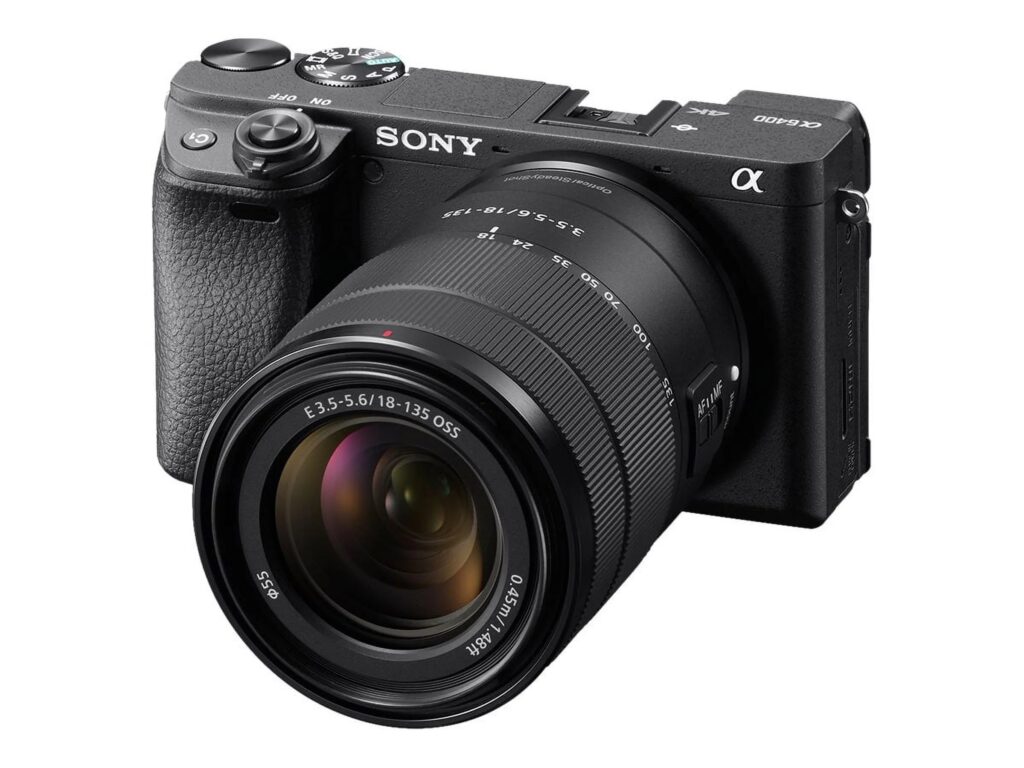
2. Lenses
Lenses play a critical role in shaping the look and feel of your videos. While a standard kit lens (like an 18-55mm) is a good start, investing in a prime lens like a 50mm f/1.8 can significantly enhance your video quality. Prime lenses are known for their sharpness and exceptional performance in low-light conditions.
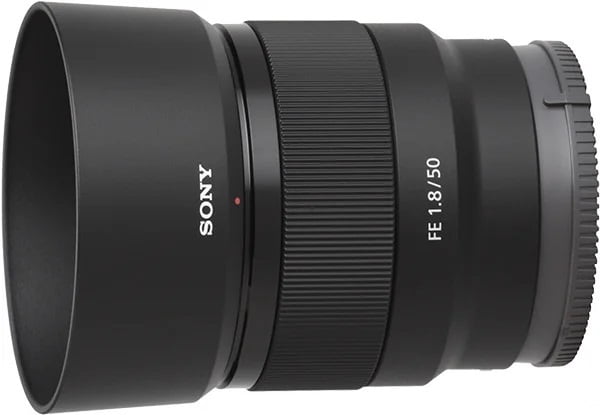
3. Tripod
Achieving stability is crucial for professional-looking footage. A reliable tripod keeps your shots steady, whether filming a static scene or a smooth pan. The Manfrotto Compact Action Tripod is a popular choice for beginners, offering ease of use and reliability. For on-the-go shooting, consider a lightweight travel tripod or a handheld stabilizer like the DJI Osmo Mobile for smartphone users.
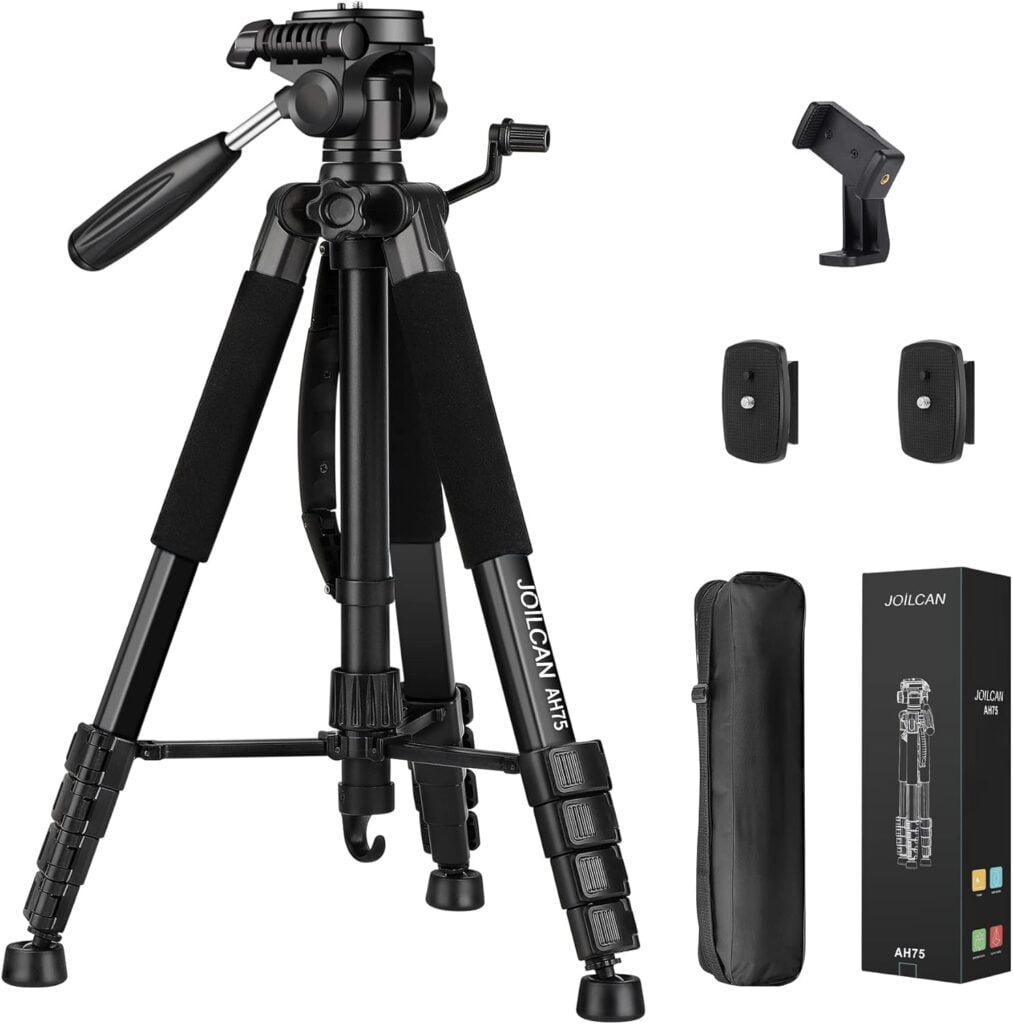
4. External Microphone
Audio quality is often as important, if not more, than video quality. Built-in camera microphones tend to capture unwanted noise and lack clarity. Upgrading to an external microphone, like the Rode VideoMic GO or Zoom H1n Handy Recorder, can vastly improve your sound quality, giving your videos a more polished and professional touch.
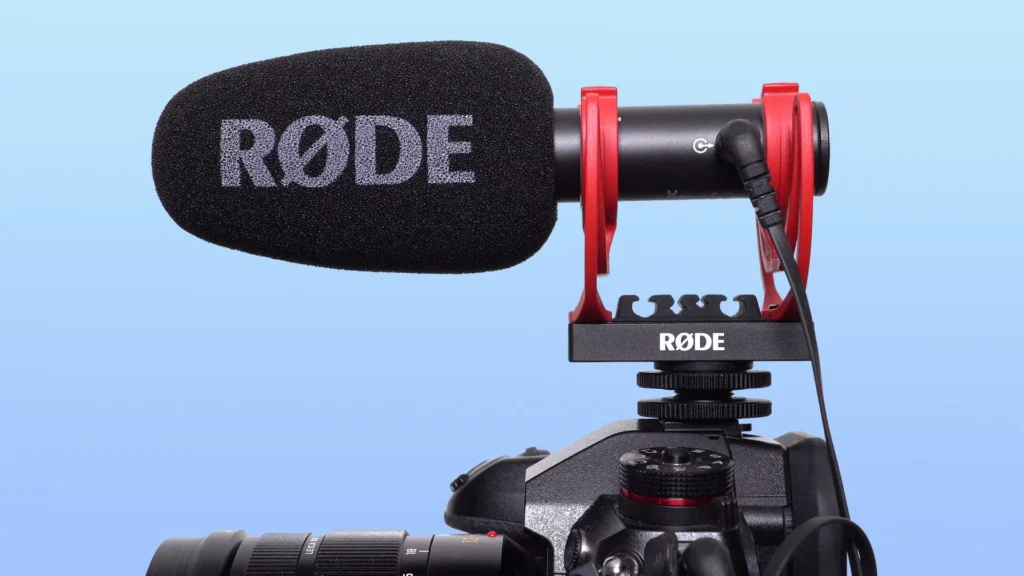
5. Lighting Kit
Proper lighting can elevate your videos from amateur to professional. A basic three-point lighting setup—including a key light, fill light, and backlight—adds depth and dimension to your footage. For beginners, LED panels like the Neewer 660 RGB LED Light Kit are versatile and user-friendly. If you’re filming on the go, consider a portable ring light or a small on-camera LED light.
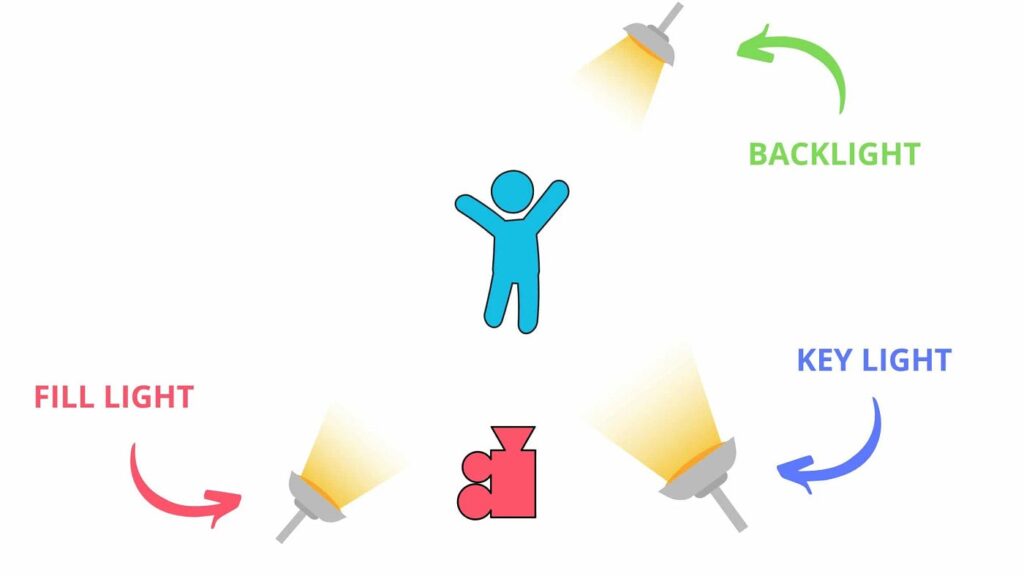
6. Gimbal Stabilizer
For smooth, cinematic shots while on the move, a gimbal stabilizer is indispensable. Models like the DJI Ronin-SC or Zhiyun Crane-M2 offer stability and fluid motion, helping you capture dynamic footage without the shake that often comes with handheld shooting. This is especially useful for action shots or vlogging.

7. ND Filters
Neutral Density (ND) filters act like sunglasses for your camera lens, reducing light intake so you can shoot in bright conditions without overexposing your footage. They are particularly useful for outdoor shooting or when you want a shallow depth of field. Brands like Tiffen and PolarPro offer a range of ND filters that are perfect for beginners.We will talk more about this in the next article.
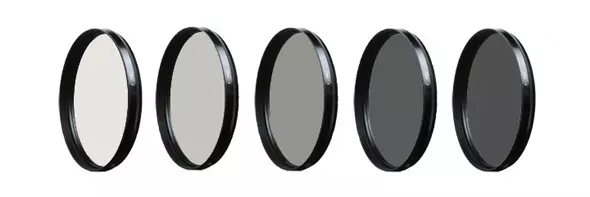
8. Editing Software
Editing is where the magic happens after you’ve captured your footage. While professional software like Adobe Premiere Pro or Final Cut Pro can be overwhelming, they offer powerful tools to refine your videos. For a more beginner-friendly option, consider DaVinci Resolve or iMovie (for Mac users), both of which balance functionality with ease of use.
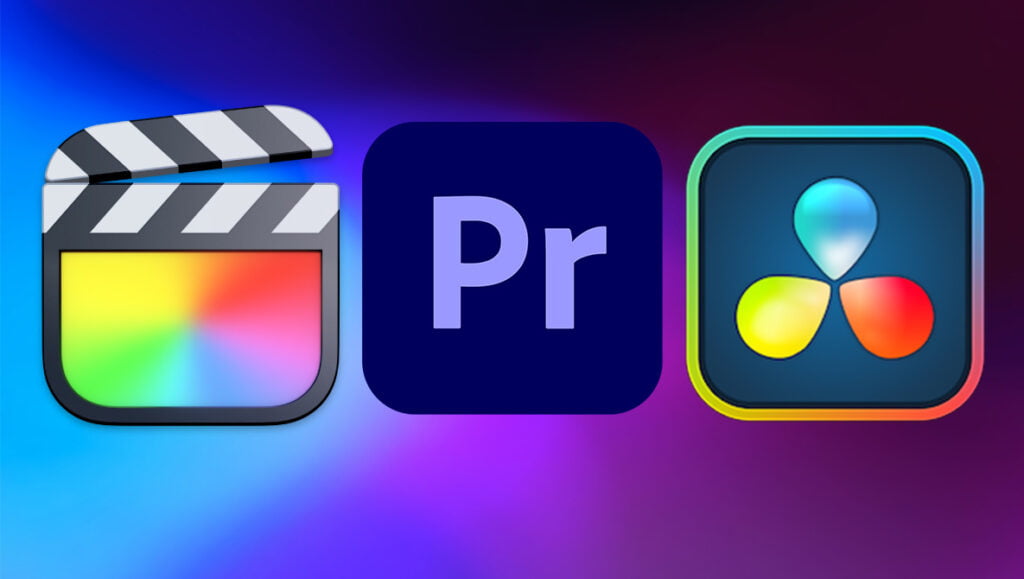
9. Extra Batteries and Memory Cards
Nothing derails a shoot faster than running out of battery or storage. Always carry extra batteries and memory cards to avoid interruptions. Brands like SanDisk provide reliable, fast SD cards, while Wasabi Power offers affordable and dependable camera batteries.
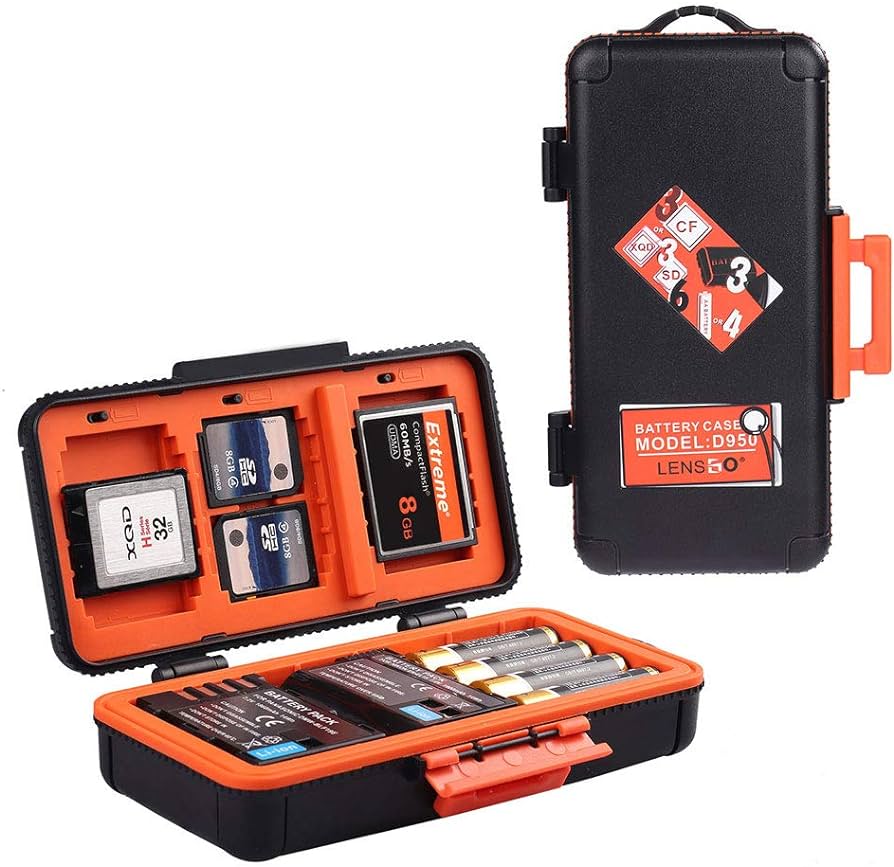
10. Carrying Case
Protecting your gear is crucial, especially when you’re traveling. A durable carrying case or camera bag with ample padding and compartments, like the Lowepro ProTactic BP 450 AW II, helps keep your equipment safe and organized. For lighter travel, a camera strap or sling bag can also work well.
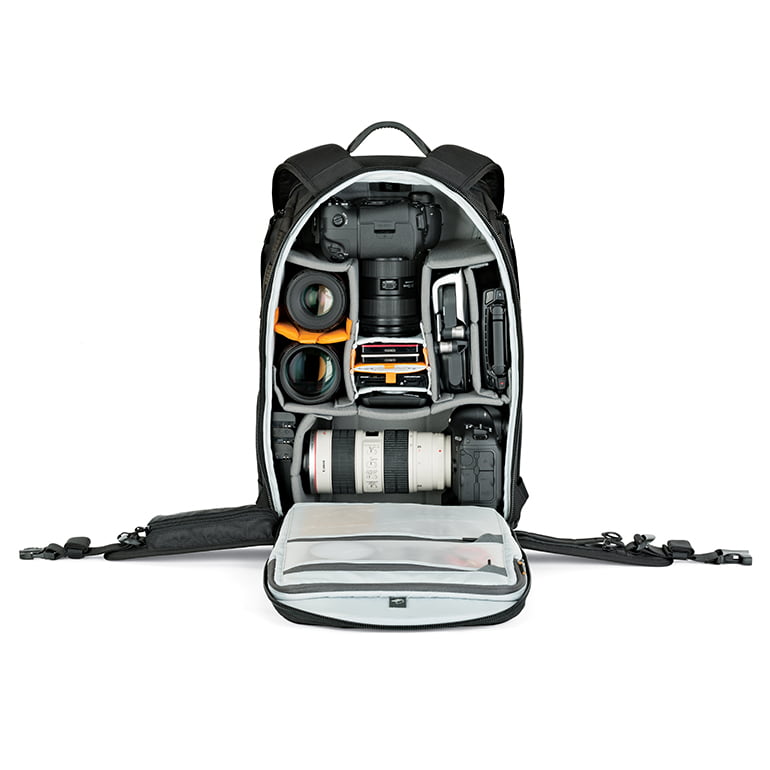
Conclusion
Starting in videography involves finding the right balance between quality and cost. With these 10 essential pieces of gear, you’ll be well-equipped to create high-quality videos, regardless of your subject or style. If you’re just starting out and want to learn more about essential equipment, check out my blog post, “10 Must-Have Photography Gear For Beginners To Start Strong“. Remember, it’s not just about the gear—your creativity, practice, and passion are what will truly make your videos shine.


